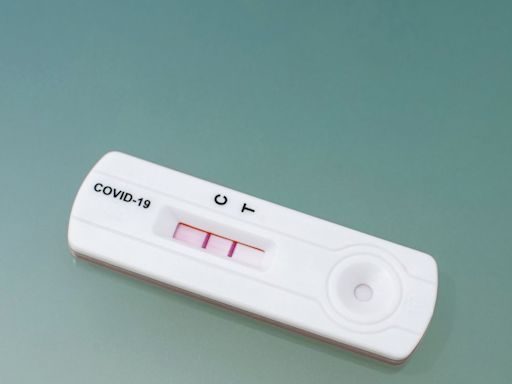Search results
Sep 1, 2023 · The World Health Organization (WHO) names new coronavirus variants using the letters of the Greek alphabet, starting with the Alpha variant, which emerged in 2020. Below is a list of—and information about—some of the variants that have been top-of-mind.
- 065208055
- kathy.katella-cofrancesco@yale.edu
Feb 6, 2023 · New variants of SARS-CoV-2, the virus that causes COVID-19, will continue to occur. CDC coordinates collaborative partnerships which continue to fuel the largest viral genomic sequencing effort to date. The Omicron variant, which emerged in November 2021, has many lineages.
Nov 4, 2023 · Omicron. The main variant in the United States is omicron. This variant spreads more easily than the original virus that causes COVID-19 and the delta variant. But omicron seems to cause less severe disease. Omicron has a few major offshoots, also called sublineages.
May 3, 2024 · When these changes become significantly different to a previously detected virus, these new virus types are known as “variants.” To identify variants, scientists map the genetic material of viruses (known as sequencing) and then look for differences between them to see if they have changed.
Current Variants in the United States. Estimated prevalence as of May 21, 2022. Omicron BA.2.12.1. 57.9% Omicron BA.2. 39.1% Others. Source: Centers for Disease Control and Prevention. · BA.4 and...
Dec 16, 2021 · SARS-CoV-2 variant B.1.1.529 (Omicron), first reported to WHO on November 24, 2021, has been designated a variant of concern. Mutations in Omicron might increase transmissibility, confer resistance to therapeutics, or partially escape infection- or vaccine-induced immunity. What is added by this report?
Nov 28, 2021 · On 26 November 2021, WHO designated the variant B.1.1.529 a variant of concern, named Omicron, on the advice of WHO’s Technical Advisory Group on Virus Evolution (TAG-VE).



